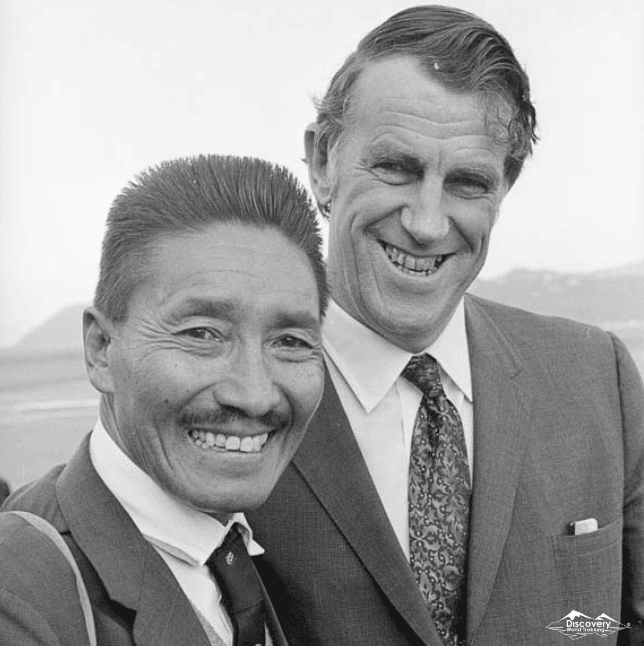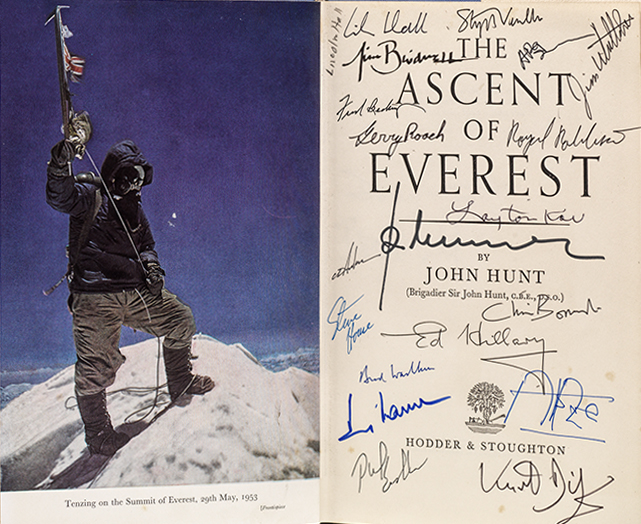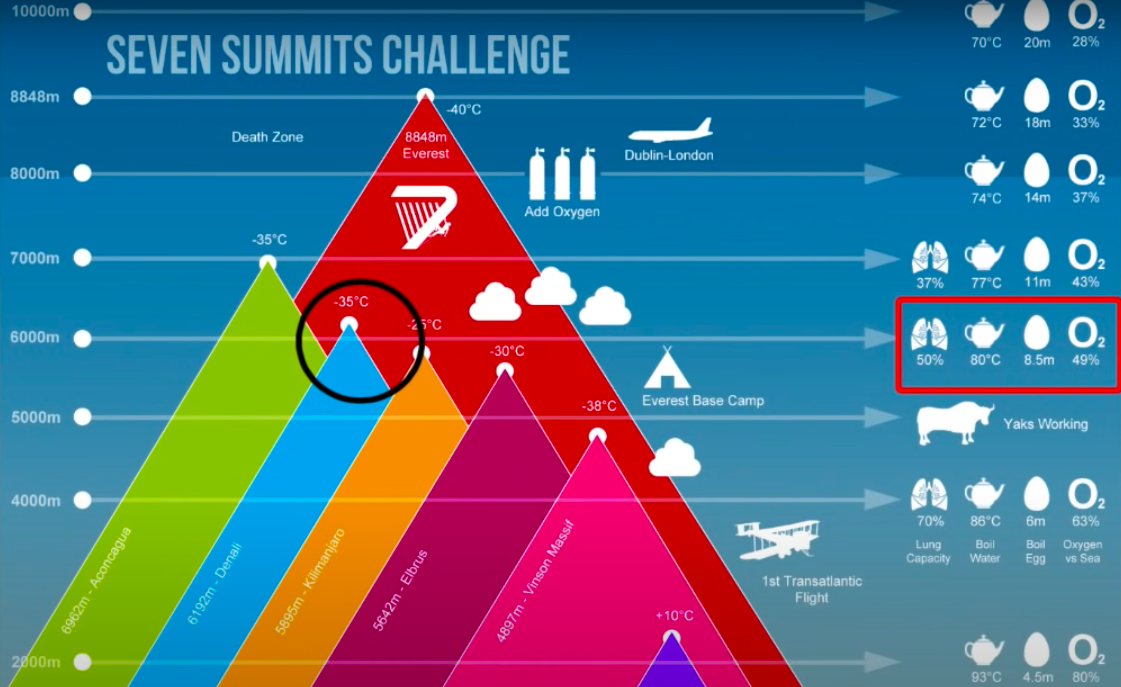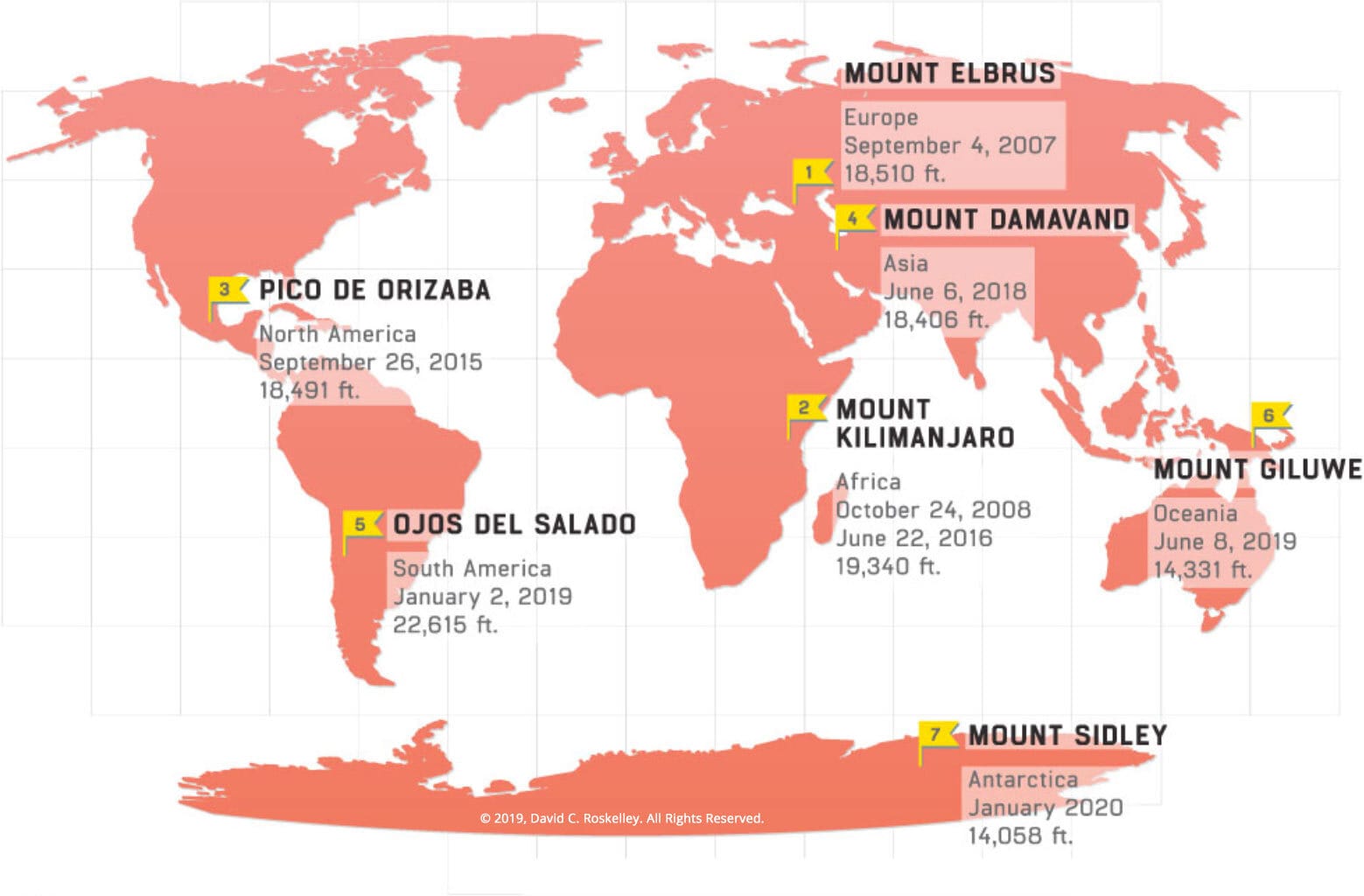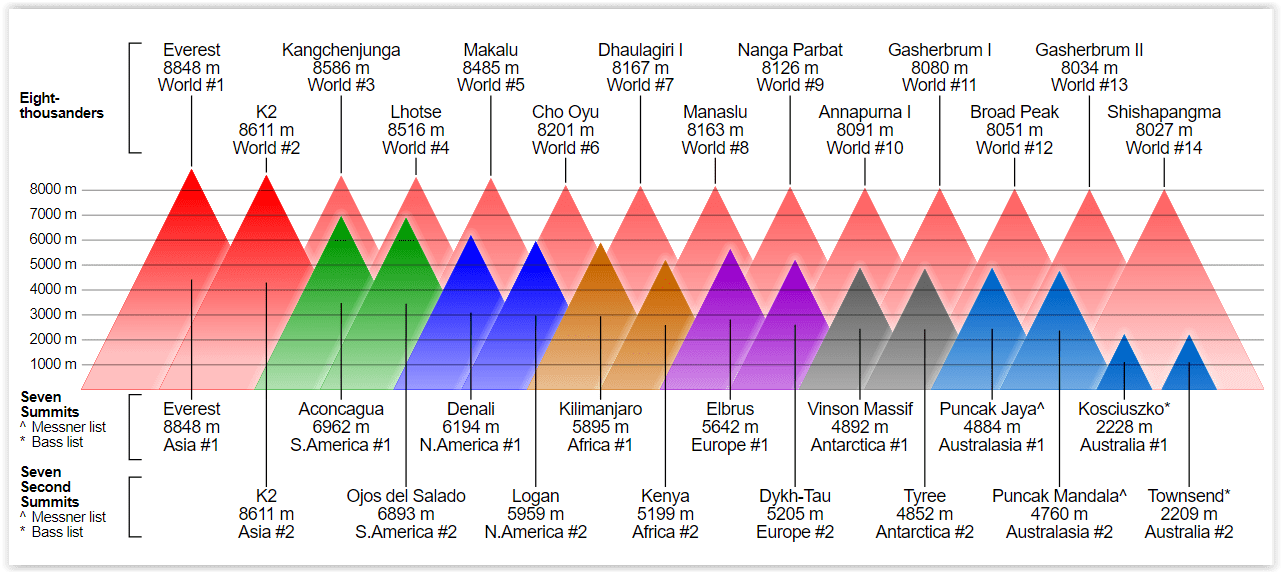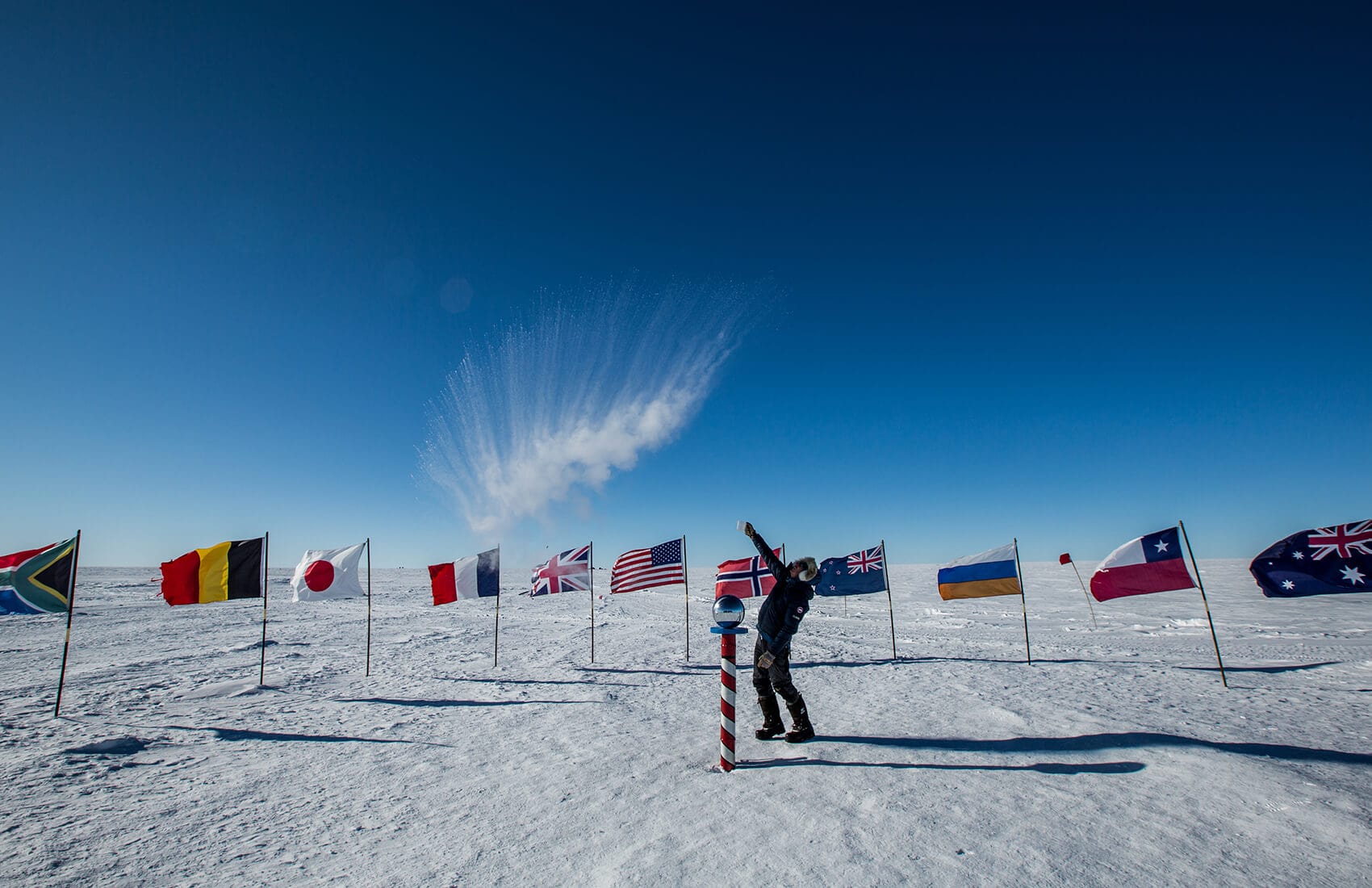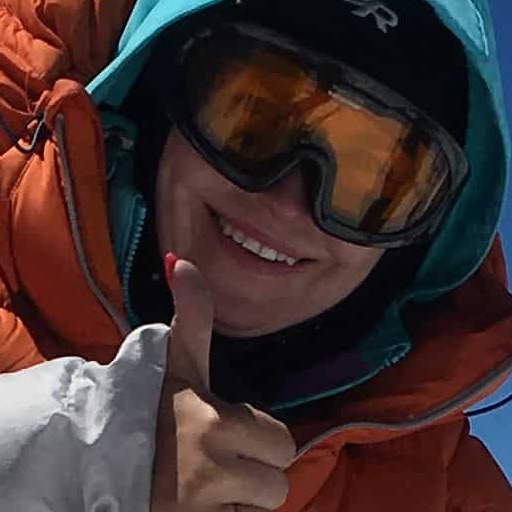Discover Story
Our Story
Our Story
Welcome to 7Summ, your gateway to the world's most breathtaking peaks and the exhilarating experiences that come with conquering them. Our company is dedicated to the pioneering spirit of Sir Edmund Hillary and his Sherpa guide Tenzing Norgay—the first climbers to reach the summit of Mount Everest on May 29, 1953.
Edmund Hillary
Owner
Inspired by their courage, determination, and the profound partnership they shared, we strive to embody the same ethos in everything we do. Hillary and Norgay's historic ascent was not just a triumph over nature's most formidable challenges but also a testament to human perseverance and cross-cultural collaboration. Their journey symbolizes the relentless pursuit of dreams and the unbreakable bond between climber and guide.
At 7Summ, we embody the courage, resilience, and collaborative spirit that Hillary and Norgay inspired. Our mission is to ignite the spirit of adventure, foster a deep respect for nature, and promote unity through shared exploration.
Whether you're an experienced climber, an outdoor enthusiast, or someone inspired by tales of human triumph, we invite you to join us. Together, let's scale new heights and continue the legacy of those who dared to reach the summit..
At 7Summ, we honor their legacy by offering unparalleled mountain adventures that echo the spirit of their monumental achievement. Our expert team of guides and Sherpas are committed to providing safe, sustainable, and life-changing expeditions to the world's highest summits. We believe that climbing is not just about reaching the peak—it's about the journey, the people you meet, and the stories you create along the way.
Join us as we continue the legacy of these legendary pioneers. Whether you're an experienced mountaineer or taking your first steps into the world of high-altitude climbing, 7Summ is here to support your dreams and help you forge your own path to the top.
Embrace the challenge. Honor the legacy. Reach new heights with 7Summ.
Best expeditions
Heights of the Seven Summits:�Everest, Aconcagus, Denali, Kilimanjaro, Elbrus, Vinson Massif, Carstensz Pyramid
Seven Volcanic Summits:�Ojos del Salado,�Kilimanjaro,�Elbrus,�Pico de Orizaba, Damavand,�Mount Giluwe,�Mount Sidley
Expeditions to the North and South Poles
The�14 Eight-thousanders:
Everest, K2, Kangchenjunga, Lhotse, Makalu, Cho Oyu, Dhaulagiri, Manaslu, Nanga Parbat, Annapurna I, Gasherbrum I, Broad Peak, Gasherbrum II, Shishapangma
About
About
About
Sir Edmund Percival Hillary was a New Zealand mountaineer, explorer, and philanthropist, best known for being one of the first two individuals confirmed to reach the summit of Mount Everest. Born on July 20, 1919, in Auckland, New Zealand, Hillary developed an interest in climbing during a school trip to Mount Ruapehu. His passion for adventure and the outdoors led him to become a skilled mountaineer.
Sir Edmund Hillary
Owner
During World War II, Hillary served as a navigator in the Royal New Zealand Air Force. After the war, he resumed climbing and participated in several expeditions to the Himalayas. His climbing prowess and determination caught the attention of the British Everest Expedition team.
In 1953, Hillary joined the ninth British expedition to Everest, led by Colonel John Hunt. On May 29, 1953, at 11:30 a.m., Hillary and his climbing partner Tenzing Norgay became the first confirmed climbers to reach the 8,848-meter (29,029 ft) summit of Mount Everest, the highest point on Earth. Their successful ascent was a monumental achievement and brought them international fame.
Tenzing Norgay
Tenzing Norgay was a Nepalese-Indian Sherpa mountaineer born around May 1914 in the Khumbu region of northeastern Nepal. (His exact birth date is uncertain due to the lack of official records.) Growing up in the shadow of Everest, Tenzing developed exceptional climbing skills and endurance from an early age.
He participated in numerous Everest expeditions prior to 1953, including attempts by British and Swiss teams. His extensive experience and knowledge of the mountain made him an invaluable asset to climbing teams.
Journey
The Seven Summits
Starts
Nulla posuere sollicitudin aliquam ultrices. Id consectetur purus ut faucibus pulvinar elementum integer enim.
Amet commodo nulla facilisi nullam vehicula. Eu turpis egestas pretium aenean pharetra.
Nibh venenatis cras sed felis eget velit aliquet sagittis.
7 Summits
Your Heading
Heights of the Seven Summits:
1. Mount Everest (Asia) Height:29,031.7 ft - 8,848.86 m
2. Aconcagua (South America) Height:22,837 ft - 6,961 m
3. Denali (North America) Height:20,310 ft - 6,190 m
4. Kilimanjaro (Africa) Height:19,341 ft 5,895 m
5. Elbrus (Europe) Height:18,510 ft - 5,642 m
6. Vinson Massif (Antarctica) Height:16,050 ft - 4,892 m
7. Puncak Jaya (Carstensz Pyramid) (Oceania) Height:16,024 ft - 4,884 m
Seven Volcanic Summits
Heights of the SevenVolcanic Summits:
1. Ojos del Salado (South America) 22,615 ft (6,893 m)
2. Kilimanjaro (Africa) 19,341 ft (5,895 m)
3. Elbrus (Europe) 18,510 ft (5,642 m)
4. Pico de Orizaba (North America) 18,491 ft (5,636 m)
5. Damavand (Asia) 18,406 ft (5,610 m)
6. Giluwe (Australia/Oceania) 14,327 ft (4,367 m)
7. Sidley (Antarctica) 14,058 ft (4,285 m)
Heights of the 14 Eight-Thousanders
Your Heading
- Mount Everest 29,031.7 ft (8,848.86 m)
K2 28,251 ft (8,611 m)
Kangchenjunga 28,169 ft (8,586 m)
Lhotse 27,940 ft (8,516 m)
Makalu 27,838 ft (8,485 m)
Cho Oyu 26,864 ft (8,188 m)
Dhaulagiri I 26,795 ft (8,167 m)
Manaslu 26,781 ft (8,163 m)
Nanga Parbat 26,660 ft (8,126 m)
Annapurna I 26,545 ft (8,091 m)
Gasherbrum I 26,509 ft (8,080 m)
Broad Peak 26,414 ft (8,051 m)
Gasherbrum II 26,362 ft (8,035 m)
Shishapangma 26,335 ft (8,027 m)
Expeditions to the Poles
Expeditions to the North and South Poles are among the most challenging due to several factors:
Extreme Weather Conditions:
- Temperatures: Can drop below -50°C (-58°F) with wind chills even lower.
- Winds: Strong katabatic winds can reach hurricane speeds, increasing the risk of frostbite and hypothermia.
Remote and Inhospitable Terrain:
- North Pole: Navigating over shifting sea ice, open leads (gaps in the ice), and pressure ridges.
- South Pole: Traversing vast ice sheets with crevasses and sastrugi (wind-formed snow ridges)
Amazing Staff
Meet Our Team
Our Team
Our 7Summ team unites skilled mountaineers and adventure enthusiasts, dedicated to guiding you to the world’s highest peaks. With passion, expertise, and commitment to safety, we create unforgettable expeditions, bringing your dream climbs to life.
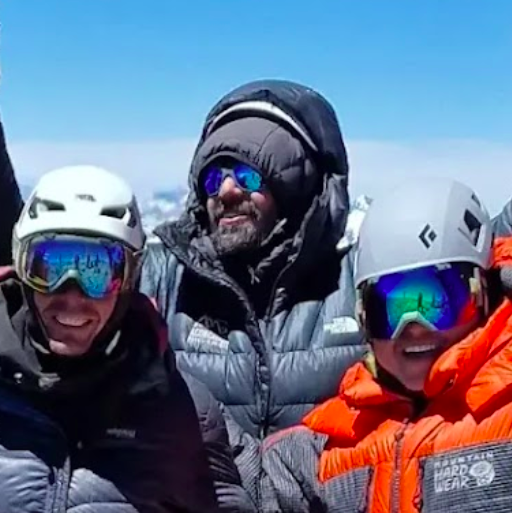
guide
A skilled guide on Aconcagua, leads climbers safely to the summit. With his expertise and dedication, he helps each member achieve their dream on this peak.

guide
The guide and leader on Elbrus, brings expertise and commitment. He knows every trail and safety measure, ensuring each climber’s success.
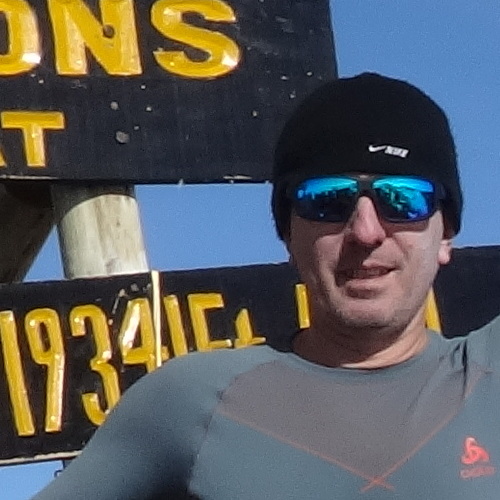
guide
Our lead guide on Kilimanjaro, brings years of expertise, ensuring safety and a memorable journey. With him, every climb becomes a unique adventure.
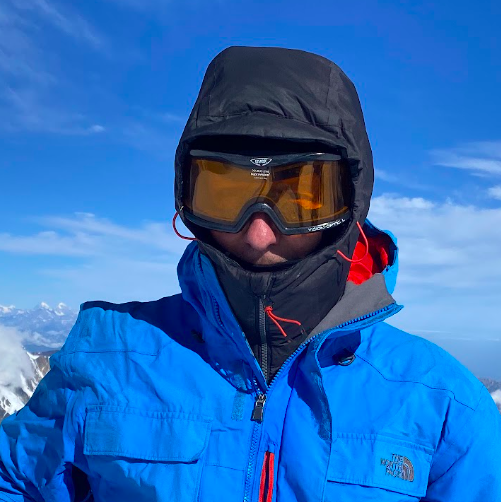
guide
An expert guide and expedition leader on Everest, brings years of mountaineering experience. His skills ensure both safety and adventure on each climb.
Testimonial
Testimonial
Criteria for Difficulty of Expeditions to the Poles: Expeditions to the North and South Poles are among the most challenging due to several factors:
Extreme Weather Conditions:Winds: Strong katabatic winds can reach hurricane speeds, increasing the risk of frostbite and hypothermia.
Temperatures: Can drop below -50°C (-58°F) with wind chills even lower.
Remote and Inhospitable Terrain:
North Pole: Navigating over shifting sea ice, open leads (gaps in the ice), and pressure ridges.South Pole: Traversing vast ice sheets with crevasses and sastrugi (wind-formed snow ridges).
Physical Demands:
Sled Hauling: Pulling sleds weighing up to 100 kg (220 lbs) over long distances.Duration: Expeditions can last from several weeks to over a month, requiring sustained endurance.
Logistical Challenges:
Accessibility: Limited access points, often requiring specialized transport like icebreaker ships or ski-equipped planes.Self-Sufficiency: Limited rescue options necessitate carrying all essential supplies and emergency equipment.
Mental Toughness:
Isolation: Vast, empty landscapes with no signs of life can be psychologically taxing.Monotony: Long days of similar scenery and routines demand strong mental resilience.
Cost:
Expenses: High due to transportation, permits, specialized gear, guides, and support teams.Approximate Price:North Pole: $30,000 - $60,000 per person.
South Pole: $50,000 - $100,000+ per person.
Mount Kilimanjaro (Africa):
Mount Elbrus (Europe):
Pico de Orizaba (North America Volcanic Summit):
Mount Damavand (Asia Volcanic Summit):
Mount Giluwe (Australia/Oceania Volcanic Summit):
Aconcagua (South America):
Denali (North America):
Vinson Massif (Antarctica):
Ojos del Salado (South America Volcanic Summit):
Mount Everest (Asia):
14 Eight-Thousanders:
Expedition to the South Pole:
Expedition to the North Pole:
Progressive Skill Development: Starting with less technical climbs builds foundational skills and confidence.
Acclimatization to Altitude: Gradually increasing altitudes helps the body adapt, reducing risks of altitude sickness.
Technical Complexity: Moving from non-technical to technical climbs ensures skills are developed appropriately.
Environmental Adaptation: Exposure to different climates and terrains enhances adaptability.
Physical and Mental Preparation: Builds endurance and resilience required for the extreme conditions of polar expeditions.
Financial Planning: Allows time to save and plan for the high costs of later expeditions.
